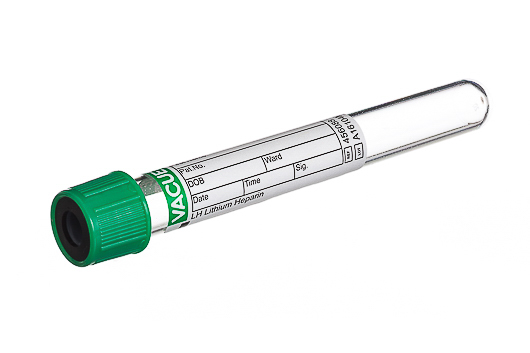Order By Phone: 1-800-339-9854
- Homepage
- Store
- Categories
- PRODUCTS
- General Laboratory Supplies
- Laboratory Equipment
- Phlebotomy Supplies
- Urinalysis
- Biohazard Bags & Sharps
- ESR Testing Systems
- Hygiene
- Health Monitors
- Rapid Diagnostics
- Medical Exam Supplies
- PRODUCTS
Categories
- General Laboratory Supplies (105)
- Laboratory Equipment (22)
- Phlebotomy Supplies (248)
- Phlebotomy Trays (12)
- Prepping Supplies (57)
- Blood Tube Needle Holders (5)
- Blood Collection Tubes (47)
- Blood Safety Lancets (8)
- Insulated Courier Transport (5)
- Phlebotomy General Supplies (69)
- Transfer Device (2)
- Tube Organizers & Racks (11)
- Training Products (15)
- Applied Phlebotomy Training Videos (6)
- Phlebotomy Training Aids (9)
- Phlebotomy Chairs (16)
- Phlebotomy Carts (1)
- Urinalysis (27)
- Biohazard Bags & Sharps (24)
- ESR Testing Systems (4)
- Hygiene (3)
- Health Monitors (11)
- Rapid Diagnostics (16)
- Medical Exam Supplies (11)
Latest Products
Get In Touch
Email Us At:
[email protected]
Phone Support:
1-800-339-9854
M-T: 8:30-4:00 pm, Fri: 8:30-12:00 pm PST
1-800-339-9854
M-T: 8:30-4:00 pm, Fri: 8:30-12:00 pm PST
PAYMENTS
© Copyright PulmoLab.com
